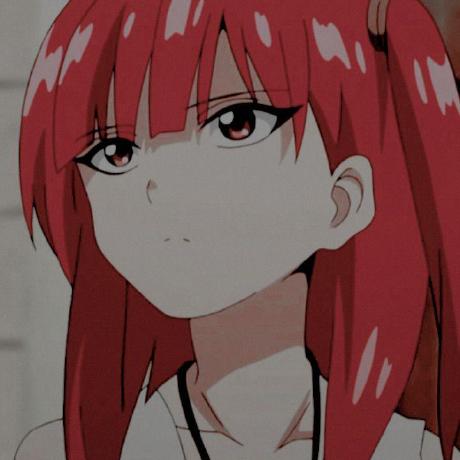Progress Report - Q3 2019 To Q1 2020

Hardware rendering improvements for all renderers:**
Improve search/invalidate texture in render target by correctly matching vertex offsetted draws with buffer offsetted reads in the texture cache
This behavior is enabled by default in Jak games to fix the Black Eye rendering.
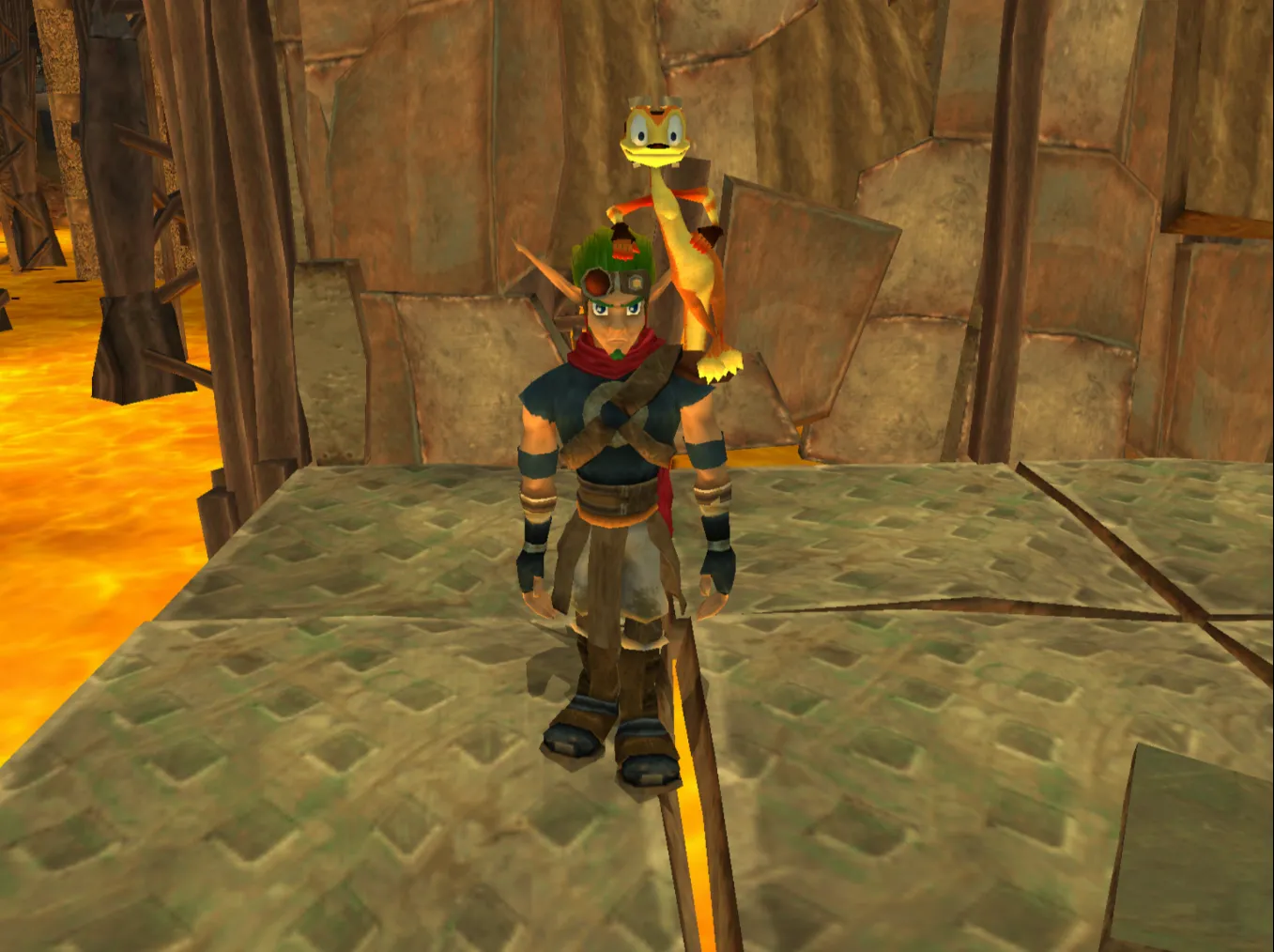
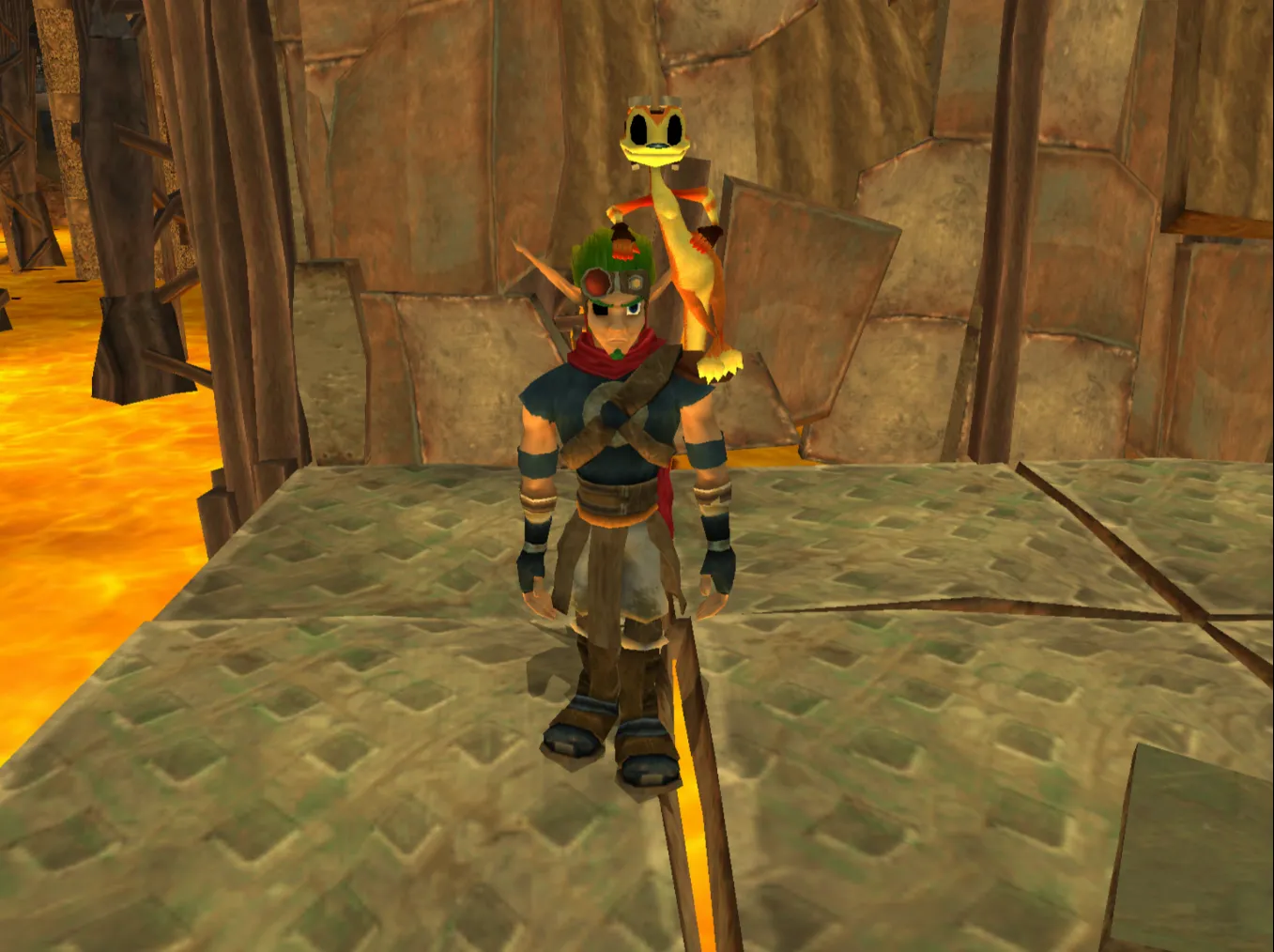
Implemented Software Sprite Renderer feature which allows to CPU emulate (SSE accelerated) certain sprite draws directly from the HW renderer
This bypasses GPU draw and texture cache mechanism. So far, its used to properly render the palettes used in Jak games and remove previous inaccurate hacks that dont do it correctly due to existing issues in texture cache. This caused it to be much slower due to the required framebuffer readback to get the drawn palette from GPU to CPU. There are plans to implement the feature in other games such as DBZ BT2.
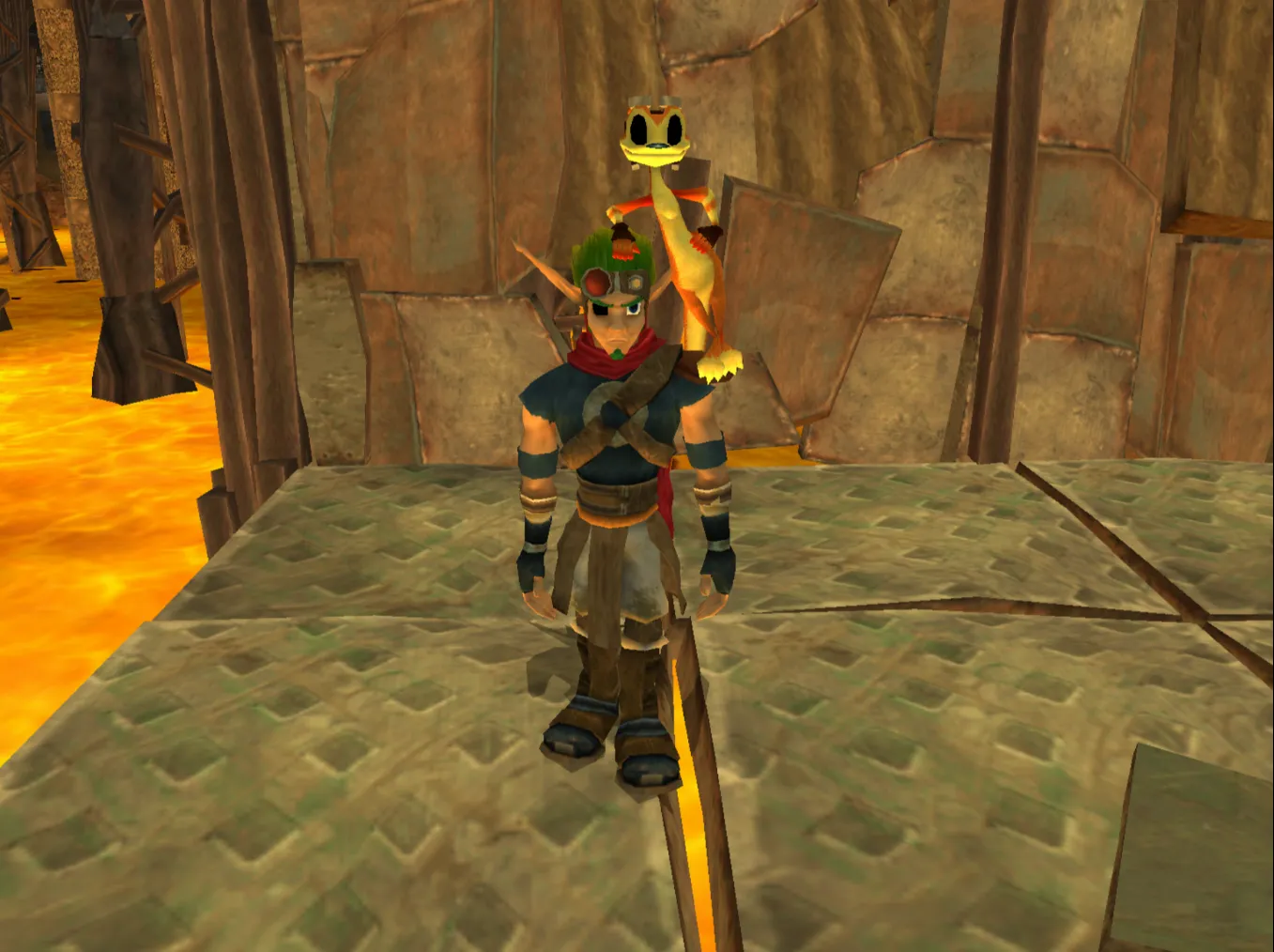
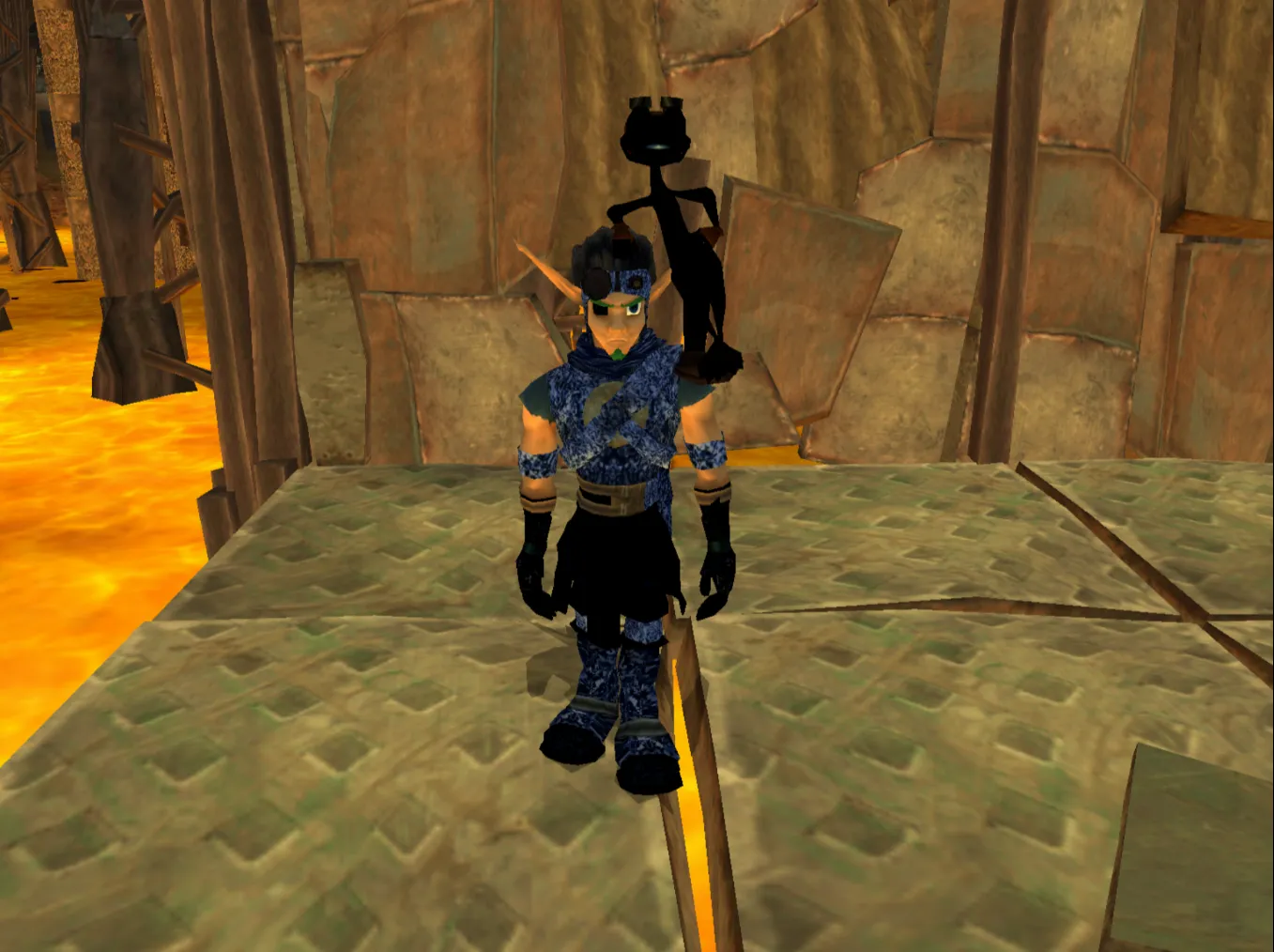
Added a dedicated fix for Big Mutha Truckers which allows to render the shadows properly
This also allowed us to reduce the crc hack level so there are less effects skipped
Added a dedicated fix for Sonic Unleashed
This allows it to render shadows properly. This also allowed us to remove crc hacks which previously skipped the incorrectly rendered effects.
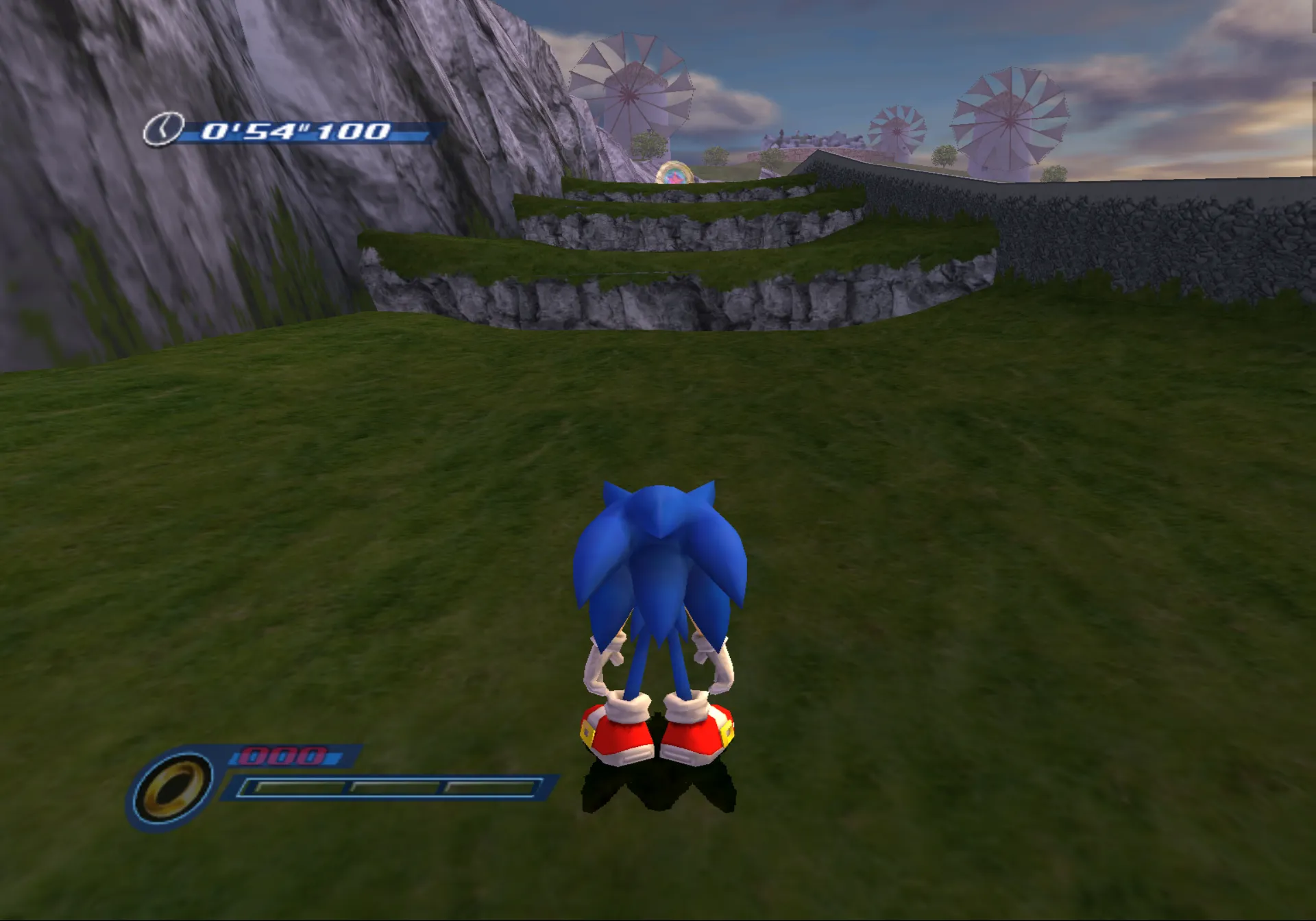
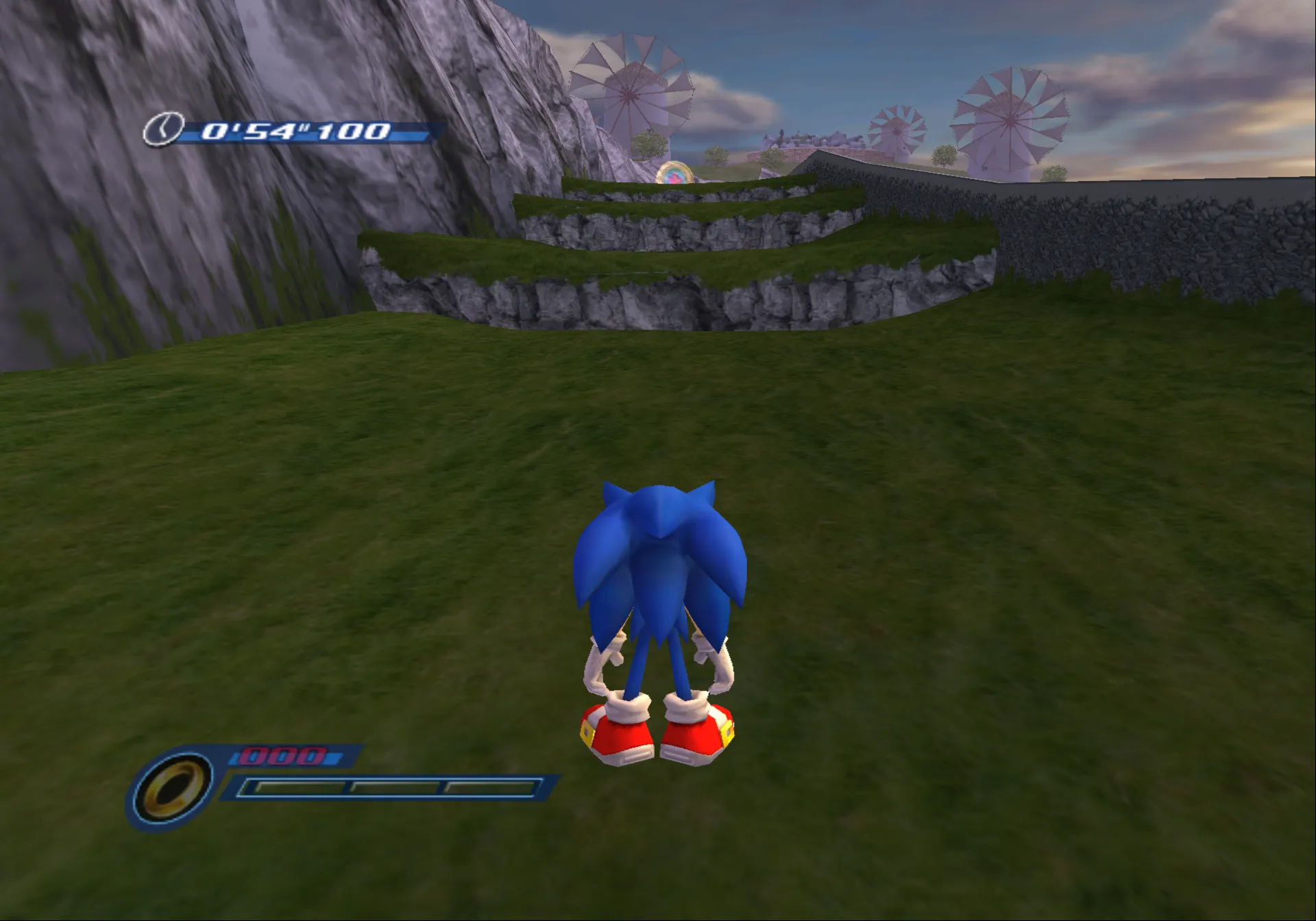
Sprite Hack has been completely removed
It is no longer needed and is replaced by far better alternatives.
By continuing on our quest of removal obsolete hacks, there have been more CRC hacks removed which were no longer needed; as the emulator can now properly render these effects.
Hardware rendering improvements for Direct3D10/11:
The TFX shader on Direct3D10/11 has been rewritten to match OpenGL code and its' accuracy for certain effects
With this in mind, a lot of games should see improvements in rendering. Examples include: Silent Hill 4 having shadows rendered properly, DBZ BT2 having more accurate bloom/blur rendering, and Resident Evil 4's inaccurate fog rendering. Other games may be affected as well
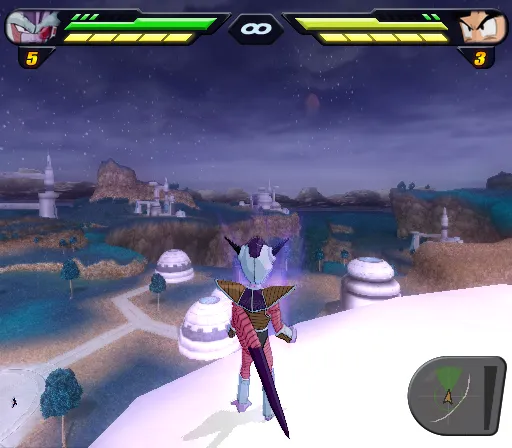
Blend no Barrier has been ported from OpenGL to Direct3D 10/11
As with previous blending ports, this improves rendering blending effects across many games that use them. Some examples include: Dragon Quest, Star Wars Battlefront 2, and God of War. In the case of Dragon Quest, it renders glowing effects. In SW mode, Battlefront 2 renders the window colors more accurately. For God of War, it bypasses slower, HDR colclip algorithm which is a bit slower, thus gaining some fps. Feature needs at least Basic Blending enabled for it to be properly rendered.
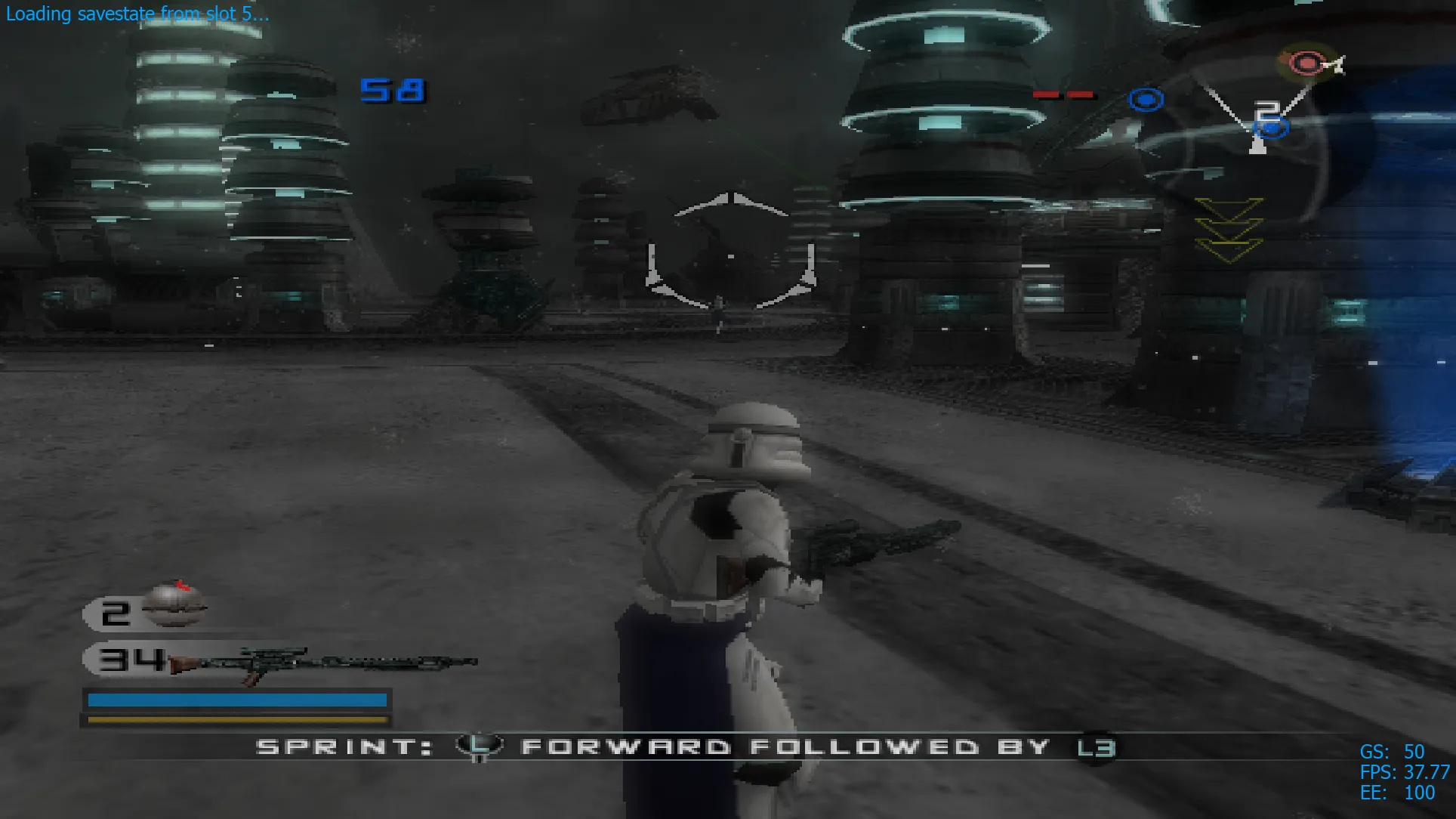
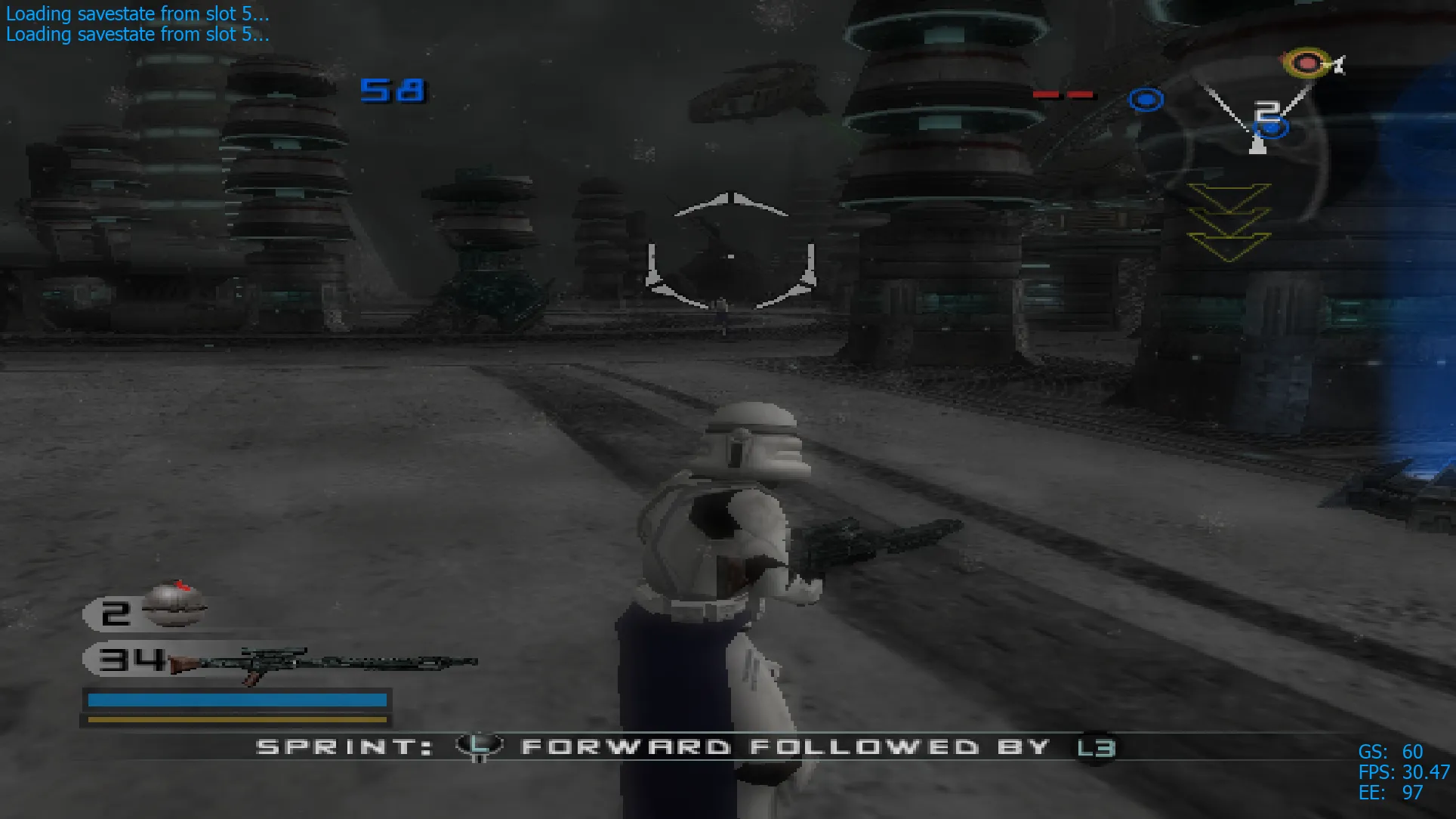
Core Improvements
Recompiler
DI execution is delayed by one instruction
Fixes booting issues in the following games: Jak X, Namco 50th anniversary, Spongebob the Movie, Spongebob Battle for Bikini Bottom, The Incredibles, The Incredibles rize of the underminer, Soukou kihei armodyne, Garfield Saving Arlene, Tales of Fandom Vol. 2. For more technical information what the changes do see this post.
Counters
Reverted back to older VRender/VBlank timings
This fixes timing issues in Dynasty Warriors 3 Xtreme Legends (fake save corruption), Jak II (random speedup issues) and Shadow of Rome (FMV audio issues).
IPU
Partially fixed IPU pack command
The Image Processing Unit (IPU) pack command is capable of converting 32-bit RGB data to either 16-bit RGB data or 4-bit indexed RGB data. Due to the lack of games that actually use this command, it was not noticed that the code was attempting to convert from YCbCr data instead of from 32-bit RGB data.
Everyone loves pachinko... right?. Hisshou Pachinko PachiSlot Kouryaku series uses the IPU colour space conversion (CSC) command to convert YCbCr data to 32-bit RGB data. The IPU pack command is then used to convert the resultant 32-bit RGB data to 16-bit RGB data. The IPU CSC command, however, is capable of converting directly from YCbCr data to 16-bit RGB data...
So, thanks to some unusual test cases, the IPU pack command has now been partially fixed (the conversion to 4-bit indexed RGB data is still unimplemented due to a lack of test cases).
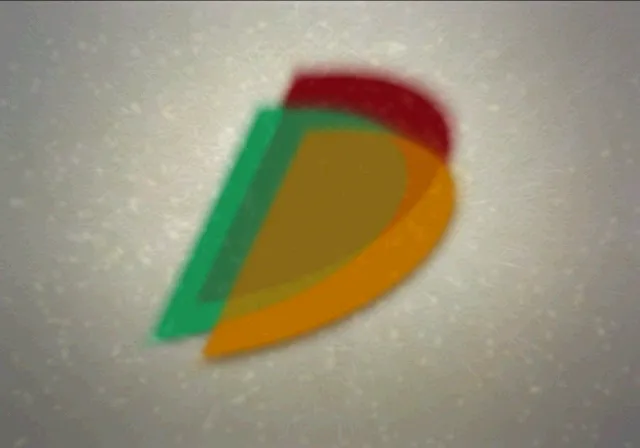
Other
Fixed the emulator hanging when pressing F4 too fast when toggling the Frame Limiter in some occasions
Fixed the emulator hanging when pressing F9 to toggle rendering between Hardware and Software in some occasions
Fixed the emulator hanging when pressing F9 to toggle rendering between Hardware and Software mode too fast
First Time Wizard now properly selects the correct GSdx plugin based on the highest instruction set supported by the CPU
Improved pointer patch command handling
The parsing for pointer patch commands, which copies a value to the address stored in another memory address, has been improved. It now properly handles the case where the value is 0 and no longer terminates early when multiple offsets are specified.
GSdx Hardware hacks GUI has been updated to improve usability
PCSX2 GUP DPI scaling has been improved
SPU2-X Improvements
Fixed the noise generator outputting 4.8 kHz tone instead of white noise
Known affected games so far are: Ape Escape 3, Ratchet and Clank 1, and Neopets The Darkest Faerie.
CDVD Improvements
PCSX2 now ignores non-existent disc sector reads
Some games attempt to read disc sectors that do not exist. PCSX2 would fail at loading most of these games when these sectors are read. By changing the disc reading code to ignore requests to read the non-existent disc sectors, PCSX2 now manages to load the affected games successfully.
GameDB Improvements
As usual, weve updated our GameDB with hundreds of new changes containing added or removed gamefixes that can be enabled with Automatic Gamefixes. This should greatly improve and ease configurations for our users as they don't need to trouble themselves with searching and manually applying gamefixes and patches for the games that require them.
True Crime: Streets of L.A. (patched)
True Crime: Streets of L.A. hasnt been playable until recently. After several days of reverse-engineering the game, PSI (the developer of DobieStation ) figured out what was going wrong and applied a patch to it. The game relies on undefined behavior in certain SIF DMA transfers. SIF DMA is how the Emotion Engine (EE) and Input/Output Processor (IOP) communicate with each other. For example, if a game wants to read something from the disc, it will send a read disc command through SIF1. The IOP will process this command and send a reply through SIF0.
One quirk is that EE DMA transfers in quadwords (16 bytes) at a time, whereas IOP DMA transfers in words (4 bytes) at a time. So what happens when the IOP wants to send 3 words of data? This is 12 bytes, which is not enough for a quadword. There is no documentation on this behavior, other than garbage being sent after the 3 words. PCSX2 handles this by appending zeros to the data. Unfortunately, True Crime stores important initialization variables right next to the reply buffer on the EE side. PCSX2s behavior caused these variables to be reset to 0, which makes True Crime reinitialize its DVD streaming library. When this happens, the game promptly crashes after trying to stream data from the disc.
So how do you properly handle this? We have not confirmed this on hardware, but it appears the correct behavior is to append the oldest values from previous transfers. This makes sense when you consider that SIF has its own FIFO to store data. If 3 words are sent, the 3 words will be popped along with the oldest value still in the FIFO to create a quadword. PSI has stated that he has chosen to patch the game instead because he is not comfortable implementing this, as there is a potential to break something else. The patch forces the game to use a different method of transferring streaming commands. This is important as the reply buffer here is in a different region of memory, so the initialization variables mentioned above will not be overwritten.
NOTE: The patch is currently only for NTSC-U. Other patches will be made on demand.
